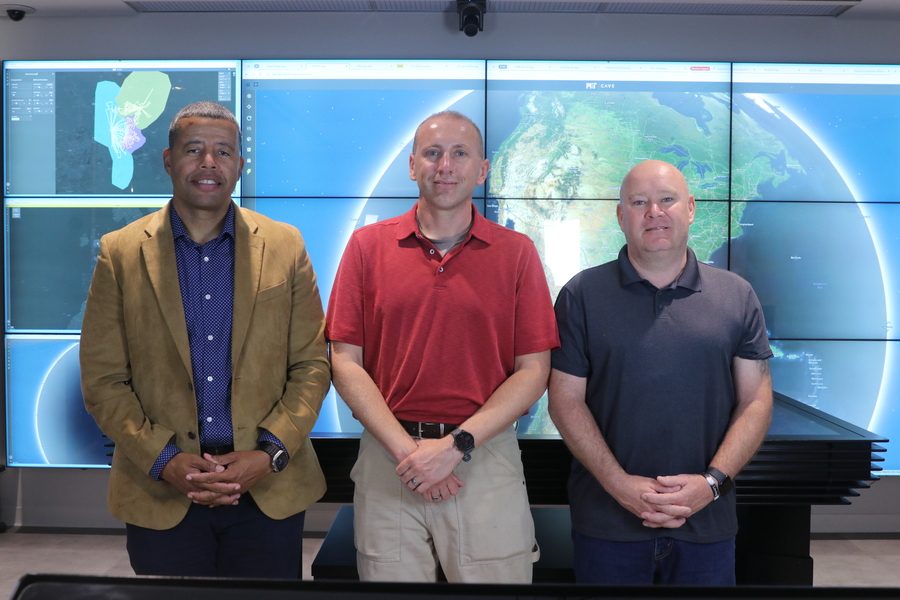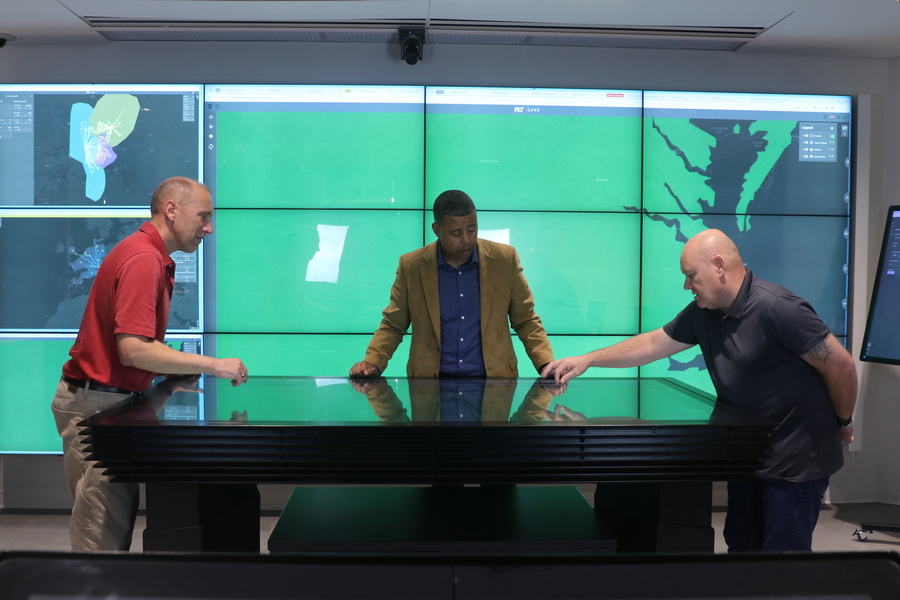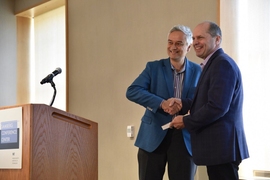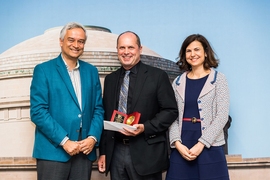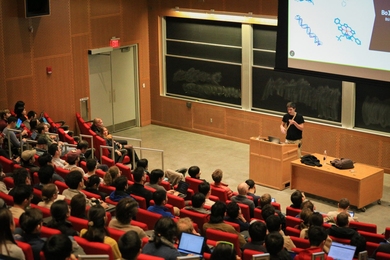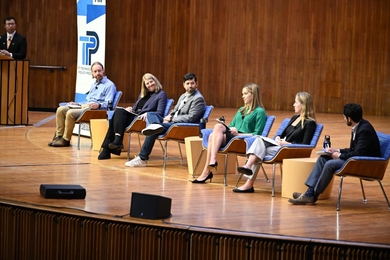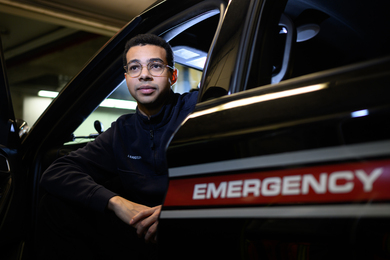The U.S. military is mighty, formidable, and singular in influence, stationed in at least 128 overseas bases across 51 countries. Concealed beneath the United States’ biggest investment is a surprise: The military was responsible for the birth of an industry. Today, that industry is essential for its operations.
“If you think about it, logistics started as a military function,” says Chris Caplice, executive director of the MIT Center for Transportation and Logistics (CTL). “The idea of getting supplies, ammunition, food, all the material you need to the front line was the core of logistics, and really supply chain came out of that over the last decades or centuries.”
For Caplice and the leadership at MIT CTL, a collaboration with the U.S. military seemed inevitable. In 2006, MIT CTL launched the Military Fellows program, wherein three military logistics officers participate in the MIT Supply Chain Management master’s program. “The education goes two ways: One is that these people who have been in the service for more than 20 years step out of their silo and see all the research we’re doing that’s more focused on the private sector, and is cutting-edge. On the other side, you have students who may have never interacted with the military are able to learn from them,” reflects Caplice.
This year’s cohort holds 80 years of combined military service. It comprises Lukas Toth from the Army Reserve, Duston Mullen from the South Dakota Army National Guard, and Charles Greene from the Active Army. Though they work in different components of the U.S. Army, they all agree that their experience in the program so far has been humbling.
“All of the MIT SCM students have strong academic backgrounds and are exceptionally better at math than us,” Toth laughs. “If you’re coming to this program, you’re sharp and you want to make a difference, not just in your life, but you want to make a difference in the world. Getting to sit in a room with 40 young people who want to make change happen and want to solve complex problems has been super rewarding.”
No strangers to being challenged, adversity is what called the fellows to become logistics officers in the first place. “It comes down to a quote I heard: Operations is easy, fighting the war is easy, but logistics is hard,” says Mullen.
As logistics officers are responsible for everything from feeding soldiers to fixing trucks to warehousing and distribution, they must perform these functions at varying scales, and with varying threats to their operations. “Our work is: How do we enable the war fighter to be able to deliver when the nation requires? We’re looking at the supply chain and ensuring that we can deliver at the right time, right place, and in the right quantity with precision and accuracy,” says Greene.
Although companies focus extensively on optimizing their supply chains for cost and efficiency, logistics officers in the military have an additional obstacle. “That last mile could be a contested mile, and the enemy gets a vote,” adds Toth. “At the end of the day, the civilian industry’s consumer has a product they want, and at the end of the day, our war fighters have a product that they want, but we have the added challenge of having to overcome a competitor who may go so far as to destroy us.”
Despite the fellows’ rich practical experience in the military, their academic experience still brings applicable use in terms of introduction to new technologies with which they hope to engage senior military leaders, insight into industry problem-solving to reduce overall military spending and influence decision-making, and, above all, communication. In the military, the stakes are higher than in the private sector, making communication rife with consequence.
“This experience is helping us better communicate with industry and build an industry and logistics network so that if a challenge does come our country's way, we can better communicate with everybody to solve those challenges,” reflects Toth.
